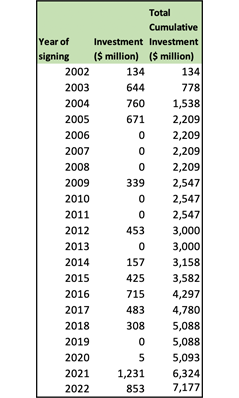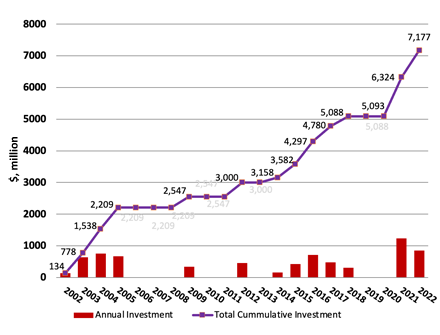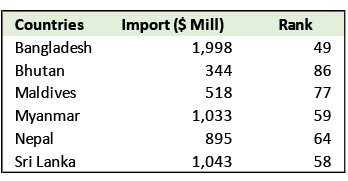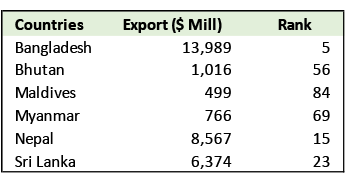India
India is a founding member of the SASEC Program, joining with Bangladesh, Bhutan, and Nepal in 2001 to form this project-based partnership. Maldives and Sri Lanka became full members of SASEC in May 2014, following several years as active observers.
The country released its comprehensive national Strategy for New India @ 75, which defines growth objectives for 2022 and discusses policy recommendations in such areas as energy, infrastructure, and connectivity. The development strategy aims to help India achieve broad-based economic growth to ensure balanced development across all regions and states and across sectors.
SASEC Projects in India
Since 2002, the Government of India has signed 20 SASEC investment projects worth around $7.18 billion.
In addition to the projects, technical assistance has supported SASEC investment projects in India, regional cooperation forums and knowledge-sharing initiatives, and pilot projects since 2001. A total of 20 national technical assistance projects (cumulative worth around $23.53 million) have assisted India in project preparation, strategic planning, and capacity building.
Trade Snapshot
Direction of Intra-regional Trade
The value of India's merchandise exports and imports trade with other SASEC countries, using International Monetary Fund data from 2023, is captured in the tables below.
India's top import source from the SASEC subregion is Bangladesh, with imported goods valued at almost $2 billion. Sri Lanka follows, with imported goods valued at over $1 billion.
Bangladesh is India's 5th largest export market, with exports valued at almost $14 billion. Nepal is India's 15th largest export market, where exported goods from India is valued at over $8.5 billion.
Logistics Performance Index (LPI)
India scored 3.4 and raised its ranking to 38 out of 139 economies in 2023. The country posted its best scores in timeliness (3.6), logistics competence (3.5), and international shipments (3.5).
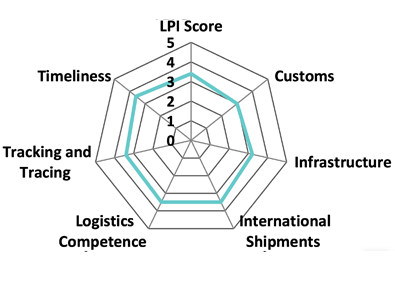
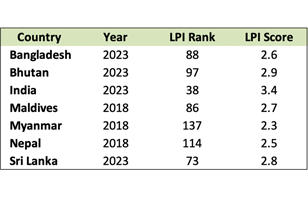

Source: World Bank LPI (accessed May 2023)
Note: The LPI overall score reflects perceptions of a country's logistics based on six core dimensions: (i) efficiency of customs clearance process, (ii) quality of trade- and transport-related infrastructure, (iii) ease of arranging competitively priced shipments, (iv) quality of logistics services, (v) ability to track and trace consignments, and (vi) frequency with which shipments reach the consignee within the scheduled time. The scores for the six areas are averaged across all respondents and aggregated to a single score using principal components analysis. A higher score indicates better performance.
Economic Outlook

The contact-intensive services sector reflected strong demand as India returns to normalcy from the COVID-19 pandemic. The economy grew strongly in the first quarter of fiscal year (FY) 2022, driven by private consumption and gross capital formation. However, a weak global demand will likely affect growth, forecast at 7.0% in FY2022 and 7.2% in FY2023. Persistent inflation has led to tightened monetary policy, with inflation rates projected at 6.7% in FY2022 and 5.8% in FY2023.
Source: Asian Development Outlook 2022 Update (ADB)

Amid new government priorities, the services and construction sectors have become India's fastest growing sectors as of March 2023. GDP growth in India will moderate to 6.3% in FY2023-2024 following slower growth in incomes and rising cost in borrowing, which are expected to hold down consumption. Despite high borrowing costs, investment is projected to expand. GDP growth is projected at 6.4% in FY2024-2025.
Source: South Asia Economic Focus, Spring 2023 (WB)

